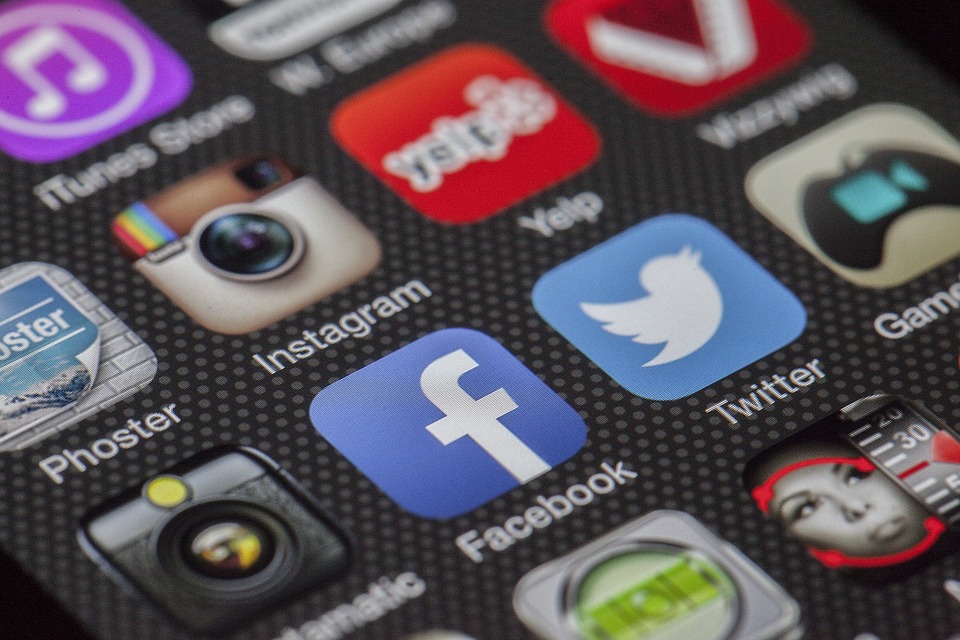
Art has always played a crucial role in entertainment, capturing the hearts and minds of audiences for centuries. Whether it’s through visual arts, music, literature, or performing arts, creativity and imagination have the power to transport people to different worlds and evoke a wide range of emotions. In this article, we will explore the impact of art in entertainment and how it fuels the human spirit.
The Influence of Creativity and Imagination
Art in entertainment has the ability to inspire, captivate, and provoke thought. The creative process behind art allows artists to express their innermost feelings, thoughts, and experiences, which in turn creates a profound connection with the audience. Through various art forms, individuals can experience a sense of wonder, joy, sadness, and empathy, as they are transported to different realities and perspectives.
One of the most powerful aspects of art is its ability to capture the human experience. Whether it’s a painting that tells a story of struggle and resilience, a melody that stirs up nostalgia and longing, or a performance that ignites passion and excitement, art has the unique ability to reflect and shape our understanding of the world around us.
The Role of Art in Entertainment
Art is an integral part of entertainment, enhancing the overall experience for audiences. Whether it’s a visually stunning film, a thought-provoking novel, an awe-inspiring dance performance, or a captivating piece of music, art brings a layer of depth and meaning to entertainment that resonates with people on a profound level.
Art in entertainment also serves as a platform for social commentary, sparking conversations about important issues and promoting cultural understanding. Through art, individuals can gain insights into different perspectives and experiences, fostering empathy and compassion for others. Furthermore, art has the power to challenge societal norms and provoke critical thinking, encouraging individuals to question and explore the world around them.
The Intersection of Art and Technology
With the advancement of technology, art in entertainment has expanded to encompass new mediums and platforms. From virtual reality experiences to interactive digital art installations, technology has enabled artists to push the boundaries of creativity and imagination, offering audiences innovative and immersive ways to engage with art.
Furthermore, the digital age has created opportunities for artists to reach global audiences, breaking down geographical barriers and connecting people from different parts of the world. Whether it’s through streaming platforms, social media, or online galleries, artists can showcase their work to a diverse and expansive audience, bridging cultures and communities through the power of art.
Conclusion
Art in entertainment is a powerful force that fuels creativity and imagination, shaping the human experience in profound ways. From the role of art in sparking empathy and understanding to its ability to challenge societal norms and provoke critical thinking, art has the capacity to inspire, provoke, and unite people from all walks of life. As technology continues to evolve, the intersection of art and entertainment will only continue to expand, offering new possibilities for artists to connect with audiences and create meaningful experiences.
FAQs
Why is art important in entertainment?
Art in entertainment enhances the overall experience for audiences, offering a layer of depth and meaning that resonates with people on a profound level. It also serves as a platform for social commentary, sparking conversations about important issues and promoting cultural understanding.
How does art fuel creativity and imagination?
The creative process behind art allows artists to express their innermost feelings, thoughts, and experiences, which in turn creates a profound connection with the audience. Art has the unique ability to reflect and shape our understanding of the world around us, capturing the human experience and transporting individuals to different realities and perspectives.
What is the role of technology in art and entertainment?
Technology has enabled artists to push the boundaries of creativity and imagination, offering audiences innovative and immersive ways to engage with art. Furthermore, the digital age has created opportunities for artists to reach global audiences, breaking down geographical barriers and connecting people from different parts of the world.


